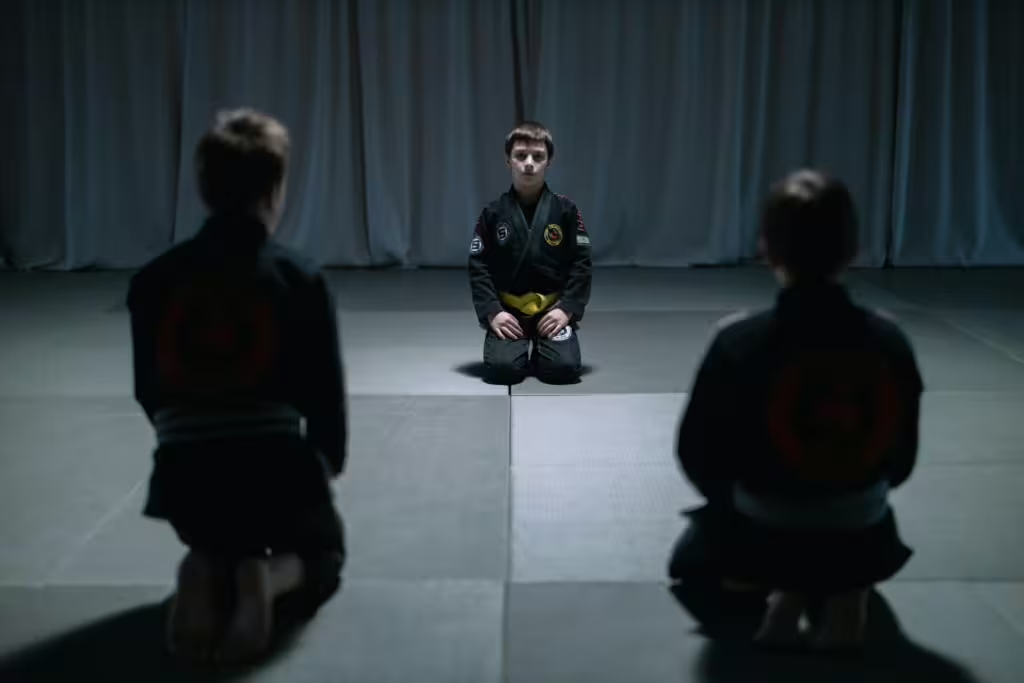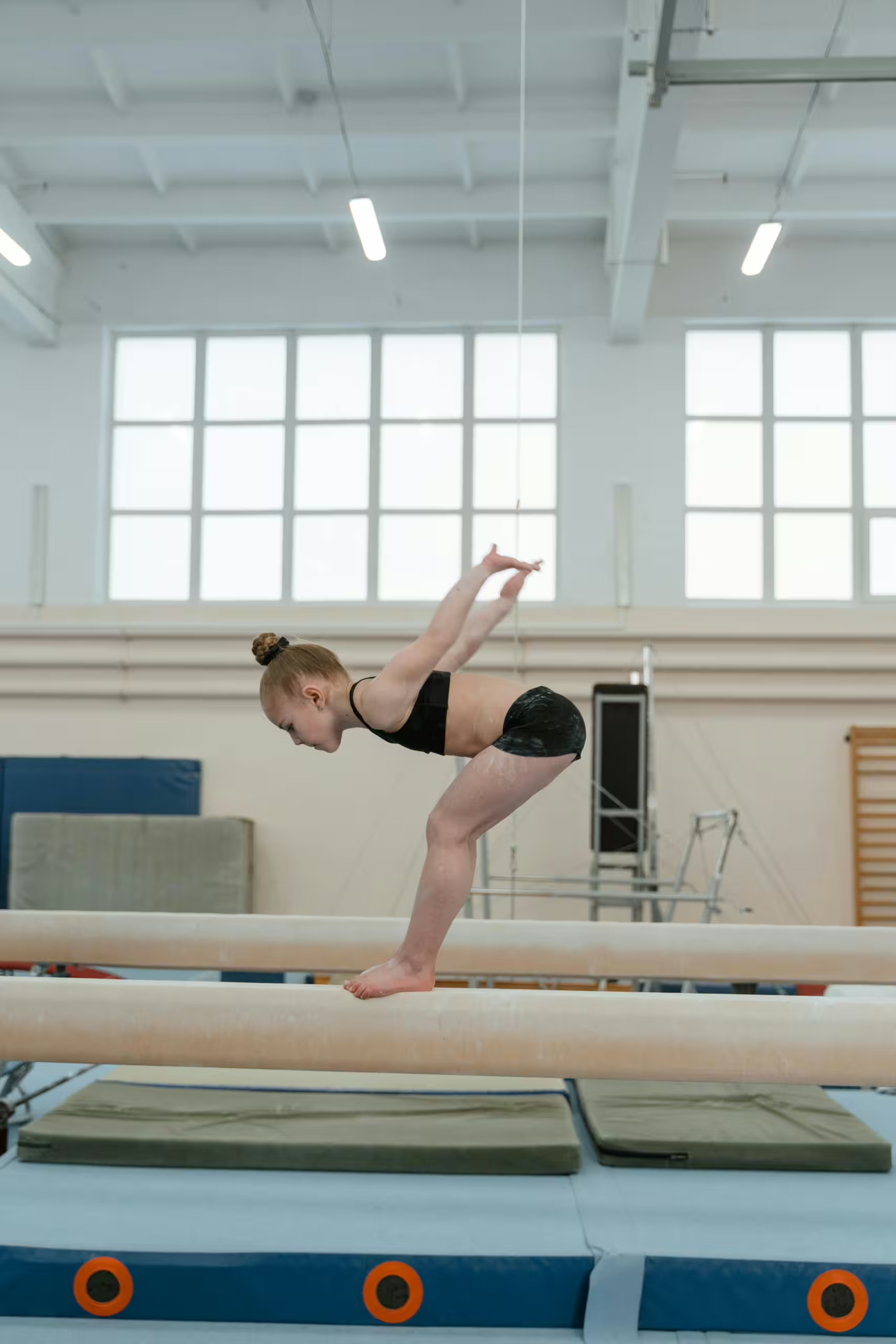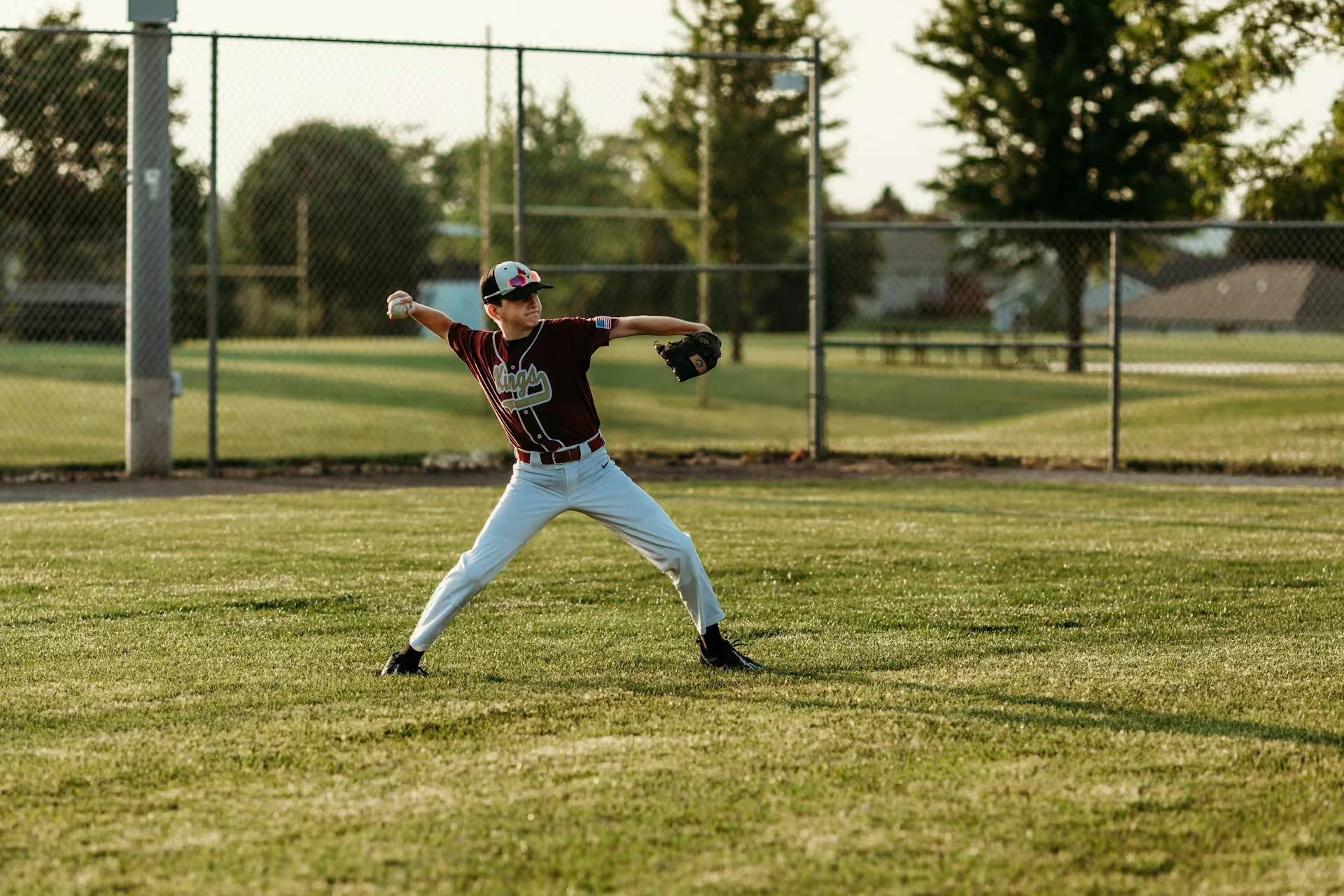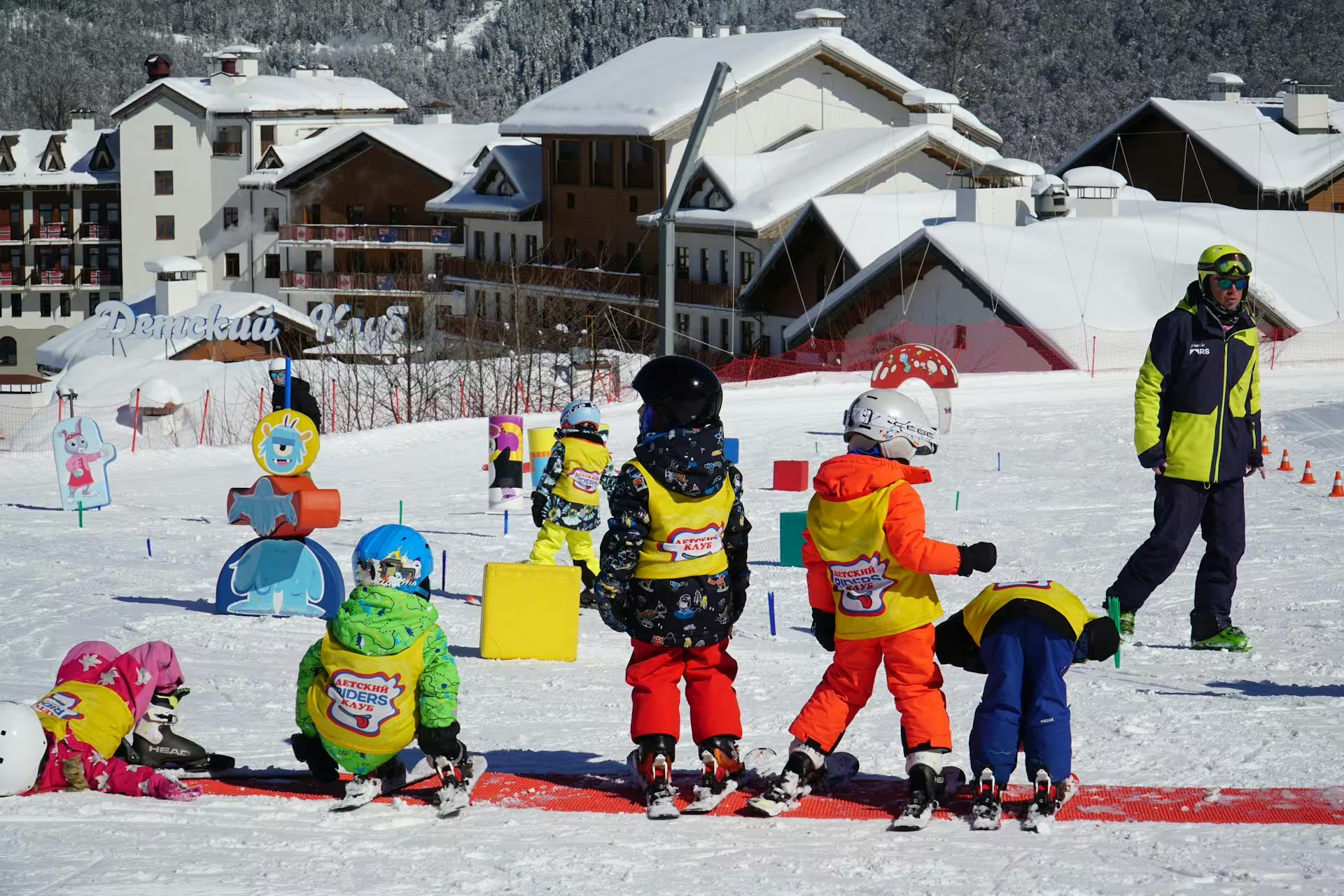For many parents….and children, martial arts is an adventurous culmination of high-flying kicks, intense, emotional tournaments, and dramatic sparring scenes from action movies. In fact, those of us who grew up watching the amazing acts of Jet Li, Bruce Lee, or Jackie Chan, likely have an admiration for the skill and athleticism that goes into the study of martial arts. And even if that appreciation is only wrought from witnessing, rather than practicing the sport itself, we can certainly see why it might be an excellent form of physical exercise.
The truth is much less Hollywood action and much more serious, skillful study, but the reality of martial arts and its grounded focus on spirituality, discipline, and training, makes it ideal for learning from a young age. Indeed, martial arts as it applies to children is a structured, thoughtful practice that emphasizes safety, discipline, focus, and respect. Thus, for millions of children around the world, martial arts provides a healthy outlet for them to grow physically, mentally, and emotionally.
Parents who are already on the fence about whether or not to enroll their child in a martial arts program are likely concerned about the overall safety of allowing one’s child to “fight” against other children and instructors. you’re not alone. Other questions might entail whether or not the sport is too aggressive or if it is too complex for young children.
In this article, we will take an in-depth look at what parents need to know about martial arts. We will talk about the inherent discipline involved in the sport, the different styles that are available for children, and discuss the aspect of safety as it pertains to younger participants.
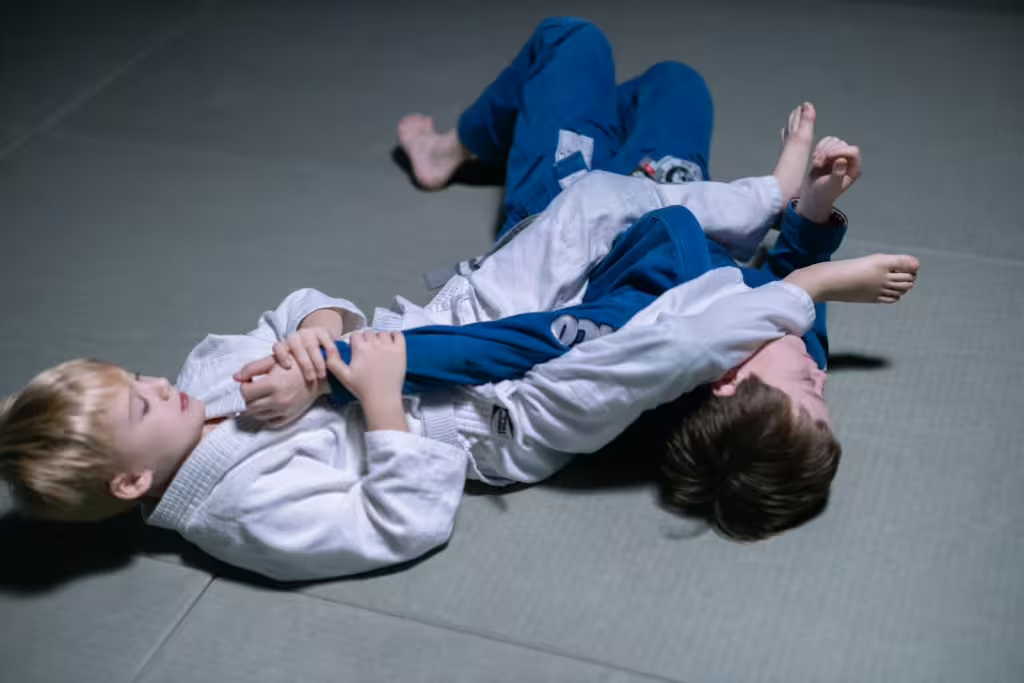
Martial Arts Defined
When we talk about martial arts, we aren’t discussing just “karate” as many laypersons might assume. Martial arts as a whole represent various systems of combat that have been developed over centuries and across many different cultures. These styles may differ in techniques and philosophies. but most share the core values of respect, self-control, self-improvement, discipline, fitness, and spiritual as well as physical balance.
There is no denying that martial arts is about the art of fighting in its many forms. However, martial arts for children tends to pull the focus away from overt combat and instead veers it more towards structured movement, mindfulness, and how to set and reach one’s goals. As we mentioned earlier, there are a number of different fighting styles that practice martial arts, the most popular disciplines that children practice include: karate, kung fu, taekwondo, judo, brazilian jiu-jitsu, and muay thai; though the latter of these is usually for older children.
Karate
Karate originated in Japan and tends to focus on certain kata (forms) that involve kicks, punches, and blocks. This particular martial art is best for building discipline, improving coordination, and learning self-defense
Kung Fu
Kung Fu is a traditional Chinese martial art that keeps focus on traditionalk stances and forms, as well as animal-style techniques like crane, monkey, mantis, and tiger. Children with an interest in historical forms of combat or those who want to learn a more diverse array of movements, might enjoy kung fu.
Taekwondo
This is a Korean form of martial arts that is great for those wanting to develop their speed, strength, and flexibility. It features high, fast kicks, as well as traditional Korean martial arts forms. Like all martial arts, classes eventually involve sparring with one’s peers.
Judo
Another Japanese martial art, Judo is more focused on throws, pins, and takedowns than traditional kicks and punches. It features using your opponent’s momentum against them and can help children learn the values of confidence, balance, and respect for the strength and skill of others.
Brazilian Jiu-Jitsu (BJJ)
As the name implies, this martial art was formed in Brazil, though it was adapted from Japanese judo in the beginning. This novel form of an ancient art involved more grappling and submissions than judo, however. It is actually quite helpful for smaller kids or those that prefer strategy over striking one’s opponent directly.
Muay Thai (for older kids)
Muay Thai is a traditional fighting style from Thailand, that involves kickboxing more than slow, structured forms. Fighters use their fists, elbows, knees, and shins to strike and block blows, which is why it tends to be geared towards older, more experienced young athletes than the other disciplines.
Are Martial Arts Safe?
We chose to tackle the big question right off the bat as it is perhaps the most common concern from parents looking to enroll their children into martial arts. The short answer is, Yes—when taught properly, martial arts is one of the safest youth sports. That said, injuries and accidents can occur.
In general, injury rates for martial arts are lower than those in traditional youth sports like soccer of football. Any injuries that do occur are usually minor and don’t usually appear at the younger levels of the sport. For instance, bruises, strains, and sprains tend to occur only during advanced sparring sessions, and many programs allow students to opt out of those if they desire. Moreover, all sparring and practice is done within a controlled environment. Studios are padded, weapons are rarely utilized, and instructors pay close attention to all participants. Also, kids wear headgear, mouthguards, and pads when sparring to minimize the risk of injury. Because discipline and self-control are valued tenets in all martial arts, children are constantly reminded that it isn’t about hurting others; it’s about protecting oneself.
When seeking out martial arts studios for your child, look for instructors who are certified by recognized martial arts organizations. Additionally, make certain that the school has particular focus on safety and a no-nonsense policy in place for overly aggressive behavior.
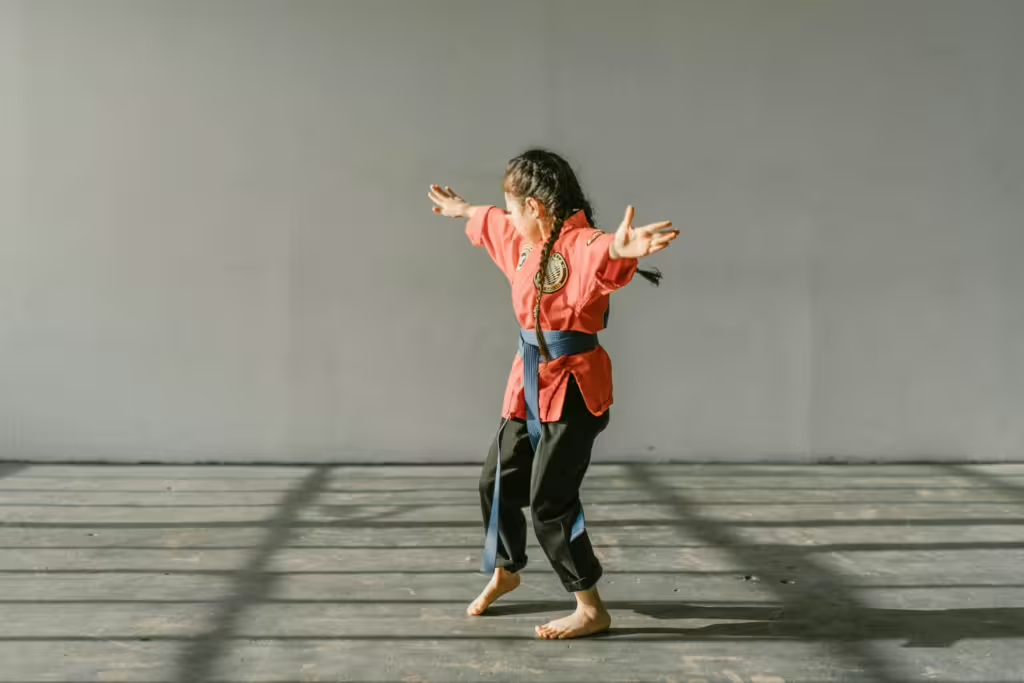
Why Are Martial Arts Ideal?
While physical fitness is a clear benefit from any youth sport, martial arts have the added bonus of offering children enhanced degrees of behavioral and emotional growth. Discipline is at the heart of every martial art style, and it’s instilled in students from day one. In addition, inclusivity is another benefit of the sport. It can be tailored to fit the needs of any child, regardless of their physical limitations, personality type, special needs, or prior experience.
Children who are shy or anxious can build confidence and social skills as they practice. Hyperactive kids can find a physical outlet that teaches them self-control and mindfulness. This same mindfulness and focus can be applied to children with ADHD or who have shorter attention spans. Finally, the repetitive motion and physical skill development can help with balance, coordination, and flexibility.
What Should Parents Expect?
If you’re thinking about enrolling your child in martial arts, here are a few things to keep in mind. First, the classes usually last from 30-60 minutes, depending on the age of the children. Those classes can include between 5 and 15 students and often happen more than once a week. Most classes begin with stretching, drills, forms, games, and often end with light sparring. Your child will likely be expected to wear a gi or dobok to practice and may be expected to perform in bare feet or light martial arts shoes. Optional gear for sparring, such as helmets, gloves, and the like, may be required down the line.
How Do I Choose The Right Martial Arts Studio?
Parents that are looking for a martial arts school for their child will want to start the search by narrowing down the most reputable, kid-friendly martial arts programs in the area. You should always visit with your child before enrolling, taking time to observe the class, the instructors, and the way the children respond. If they are engaged or smiling, they’re probably having a good time. If you want to go a step further, ask about the curriculum and check the credentials of the instructors. You will want to make sure the program is tiered and easy for your child to follow and that the instructors have experience in helping children from all walks of life.
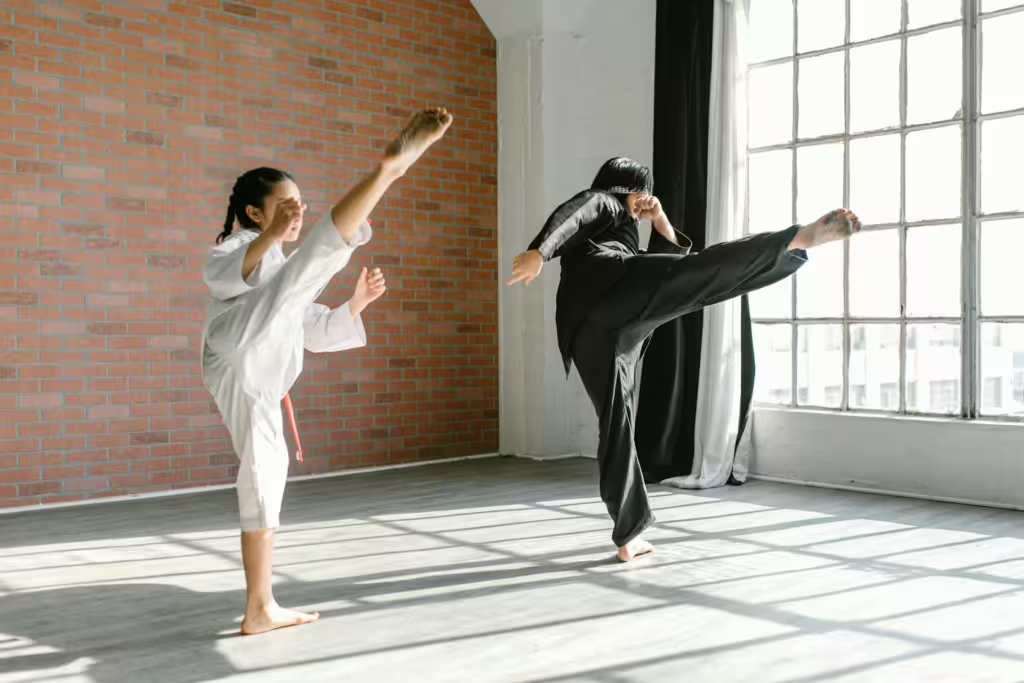
Cultured Athlete Says…
As you can see, the lessons imparted by an early involvement in martial arts will benefit a child in a multitude of ways for years to come. For many, martial arts is more than just a sport—it’s a way of life that begins by offering children a safe, structured, and enriching environment to develop their bodies as well as their minds. There is also a spiritual component to the sport that cannot be overlooked, as well as lessons of discipline that are inherent in the study of martial arts of all types.
We understand that the natural concern for your child’s safety are going to be present regardless of the sport in question, but the reality is that martial arts is among the safest and most constructive activities a child can do—so long as they are taught responsibly. In the end, martial arts may not be for everyone, but we believe that an introduction into this sports discipline would be a good thing for every child to experience at least once.
Discover more from CulturedAthlete
Subscribe to get the latest posts sent to your email.

